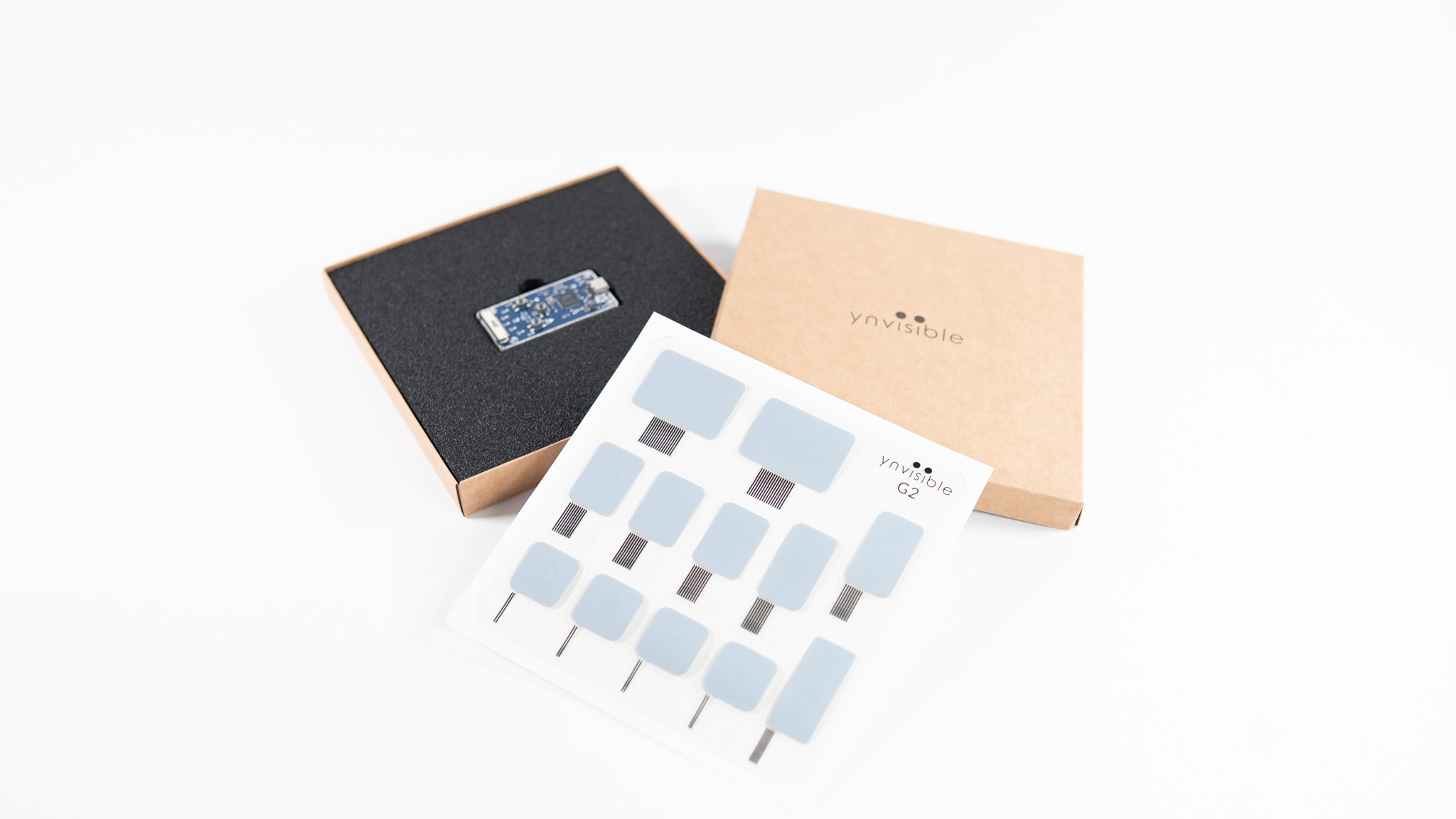Experts in printed electronics and mass-producers of customized displays based on innovative electrochromic e-paper technology.
Ultra-low-power. Ynvisible’s e-paper displays use <1µW/cm2. Ideal for battery-driven or battery-less IoT devices.
Micron-thin displays (< 300µm), and highly flexible (10 mm radius). Experiment with different shapes, forms, and colors whilst being cost-effective.
Choosing our e-paper displays will reduce cost at both the component level and the system level. Roll-to-roll screen-printing processes mean ultra-low-cost mass production.
Read more about mass production Carlos Pinheiro, Ynvisible's CTO, walks you through our e-paper technology, covering display specifications, integrations, manufacturing, and product categories, in this webinar from May 2025.
CONTACT SALESWe have collected a wide range of articles that delve deeper into various aspects of our printed e-paper displays, including design rules, display driving, and getting started guides to the technology. Check out the latest articles and learn more about our technology.
go to ynvisible universityThe Ynvisible Display is an e-paper technology, a so-called Electrochromic Display ("ECD"), based on organic electrochromic polymers. It is categorized as a reflective display - meaning that it reflects ambient light instead of using a backlight. The displays are screen-printed on a plastic substrate, which makes the displays very thin and flexible.
Read more about what is an electrochromic display
Ynvisible's e-paper displays have the lowest energy consumption on the market for most use-cases. For static usage (when the display maintains the same image) the display consumes a maximum of 0,28µW per cm2 segment area. For dynamic usage, the power consumption depends on the number of display updates per day according to the formula below.

Ynvisible is the world leader in Sheet-to-Sheet and Roll-to-Roll production of electrochromic technology. These high volume production methods, in addition to cost-effective materials sourcing, drive down the cost of individual displays while maintaining high production yield, rapid through-put speed, and premium quality. Choosing Ynvisible’s display technology will reduce cost at both the component level and the system level.
Ynvisible offers a low-cost alternative to reflective segmented LCDs, which have historically been the most inexpensive display technology on the market. The key driver for the low price point is low-cost production techniques with high volume capabilities
The screen-printing techniques used in our production lines require less capital investment, energy, tooling costs, and material waste compared to vacuum deposition and chemical vapor deposition processes used for other display technologies.
The displays are produced on inexpensive PET substrates, and the rapid growth of the printed electronics industry has resulted in an economy of scale for the functional inks that are used to produce the displays.
Using an ultra-low power consumption display which is easy to integrate with no or little extra driver electronics will save cost on a system level. Many of our clients have been able to reduce or completely remove their existing power supply by choosing our Segmented displays.
Ynvisible rarely creates standard display components. Our philosophy is that each product requires a unique display for an ultimate user experience.
The printability of the displays ensures that customers can attain a degree of customization that is not available from alternative display technologies. This creates an attractive appearance that is highly appreciated by both product designers and end-users.

Display segments can be designed in essentially any shape and form. Letters, symbols, numbers, and graphics elements are all possible.
.webp)
Color filters and other static graphic elements can easily be printed on top of the display. The graphic overlay is commonly used to add graphics that should always be visible and complement the dynamic display segments.
.webp)
Most conventional displays are bulky rectangle shapes. This is not the case for Ynvisible Displays. Essentially any cut-out shape is possible, whatever fits your product the best.
The displays have a wide operating range and are very durable to heating or cooling chocks. Since they are printed on a plastic substrate they are very durable in terms of physical impact, bending, and piercing. They will not break, crack, or shatter like conventional glass-based displays.
Eco-friendly and non-toxic display alternative thanks to energy-efficient production processes, organic materials, and overall low material usage. Ynvisible's displays are an ideal choice for single-use and disposable products.

Ideal kit to explore our displays and get started in minutes

Already made up your mind? Let’s make custom prototypes
.webp)
One technological innovation retailers have at their disposal to stay competitive is the use of Electronic Shelf Labels (ESLs) with e-paper displays.
Visit .webp)